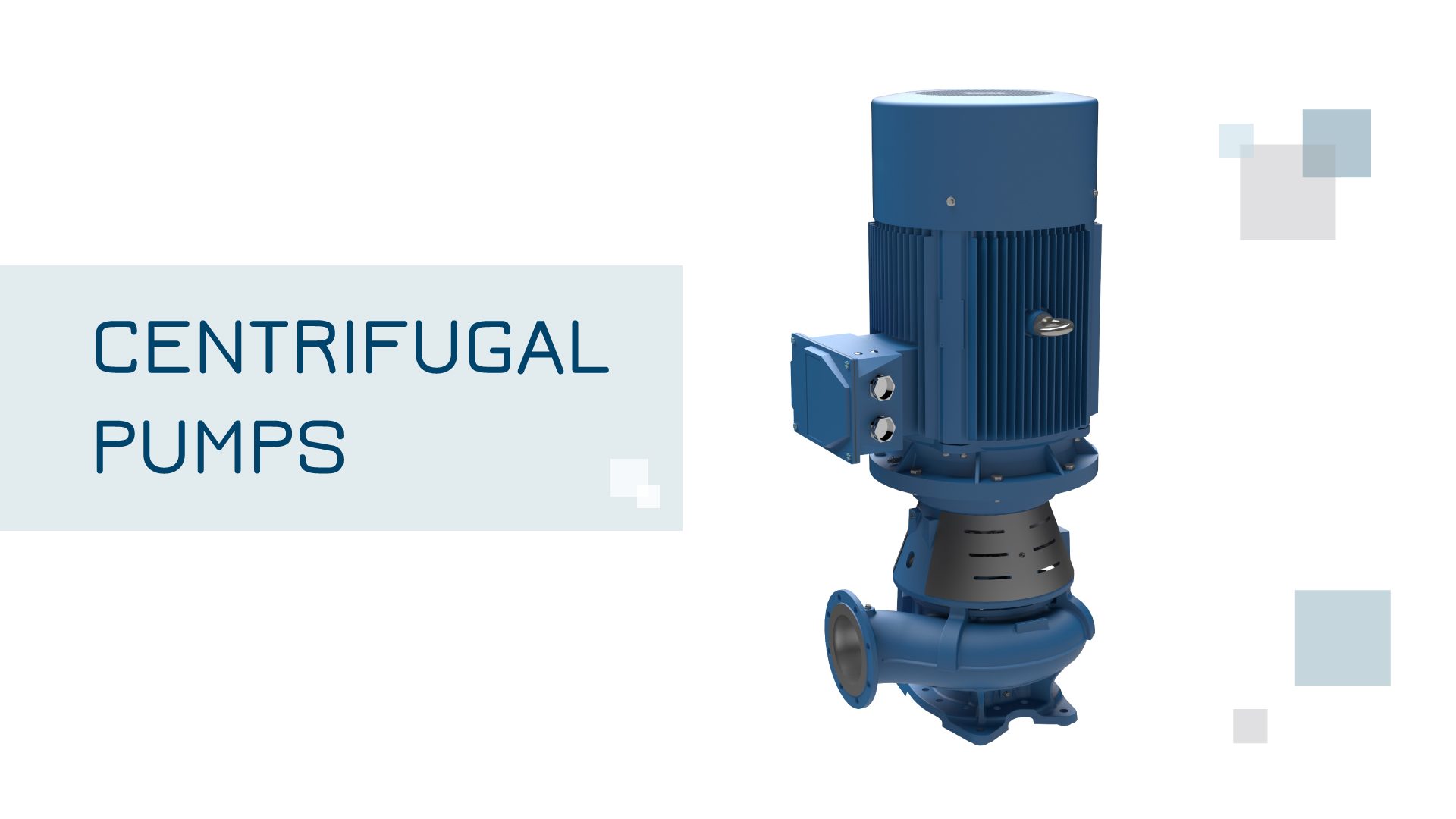Centrifugal pumps are the most common type of marine pump. They are used in ship-wide and special systems and are part of the ship’s power system. You can learn about the classification of marine pumps from our PREVIOUS ARTICLE. In this article, we will analyze the main malfunctions of centrifugal pumps and provide possible solutions to these problems.
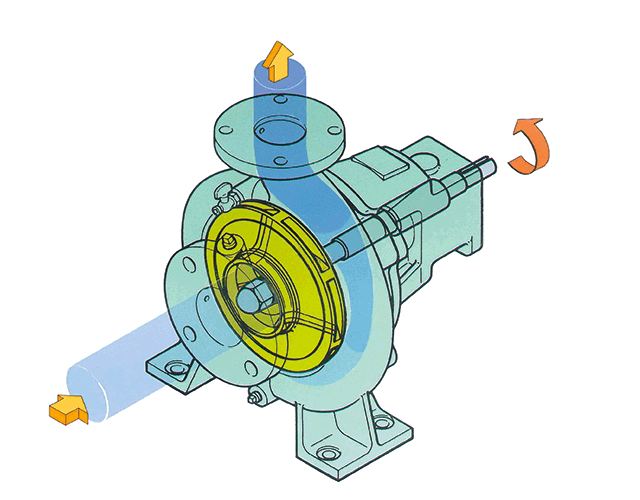
Malfunctions of centrifugal pumps:
The ingress of air into the system and the pump can lead to pump malfunctions. Air can enter the system and the pump due to the following reasons:
- Poor-quality filling of the suction line and pump housing before start-up; an air pocket may remain in the system or pump housing during rapid filling.
- The suction of air into the pump during its operation. To eliminate air leaks, fixing any leakage in the system and changing the packing of the oil seals is necessary.
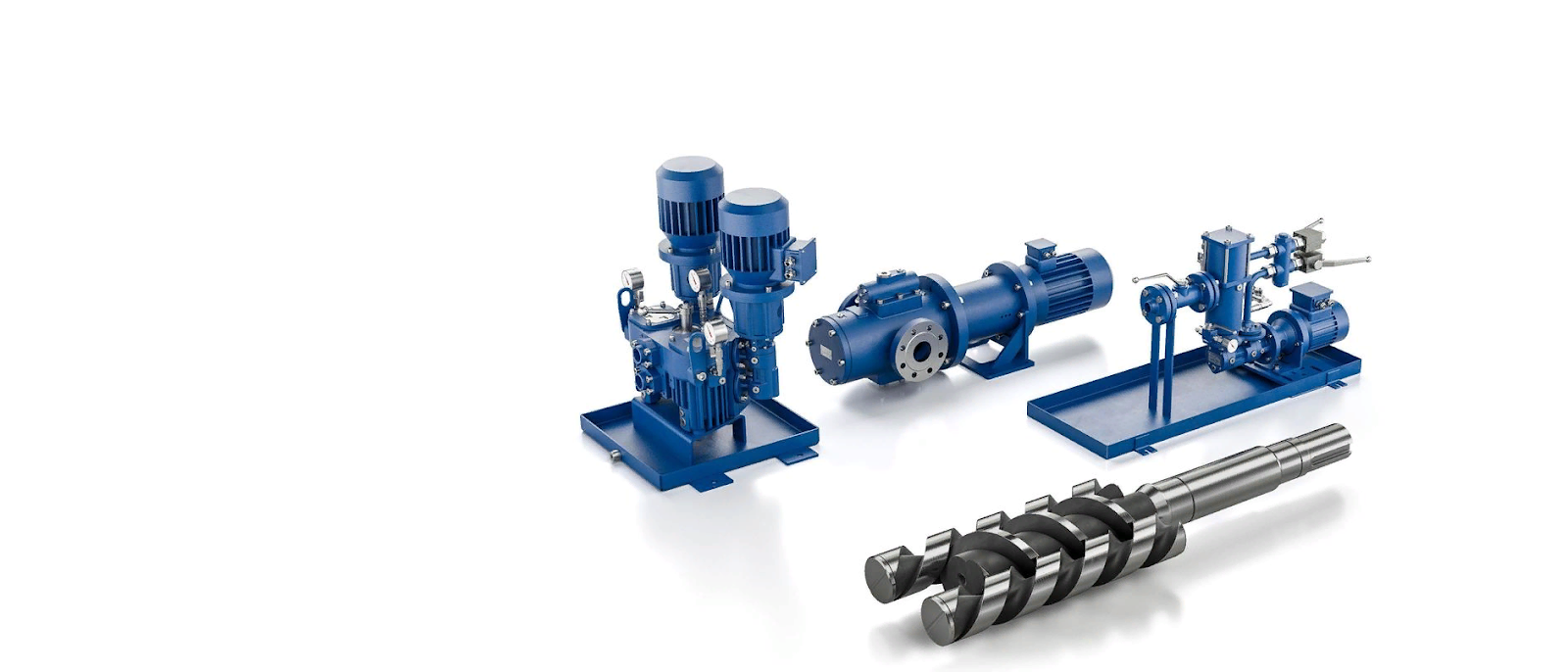
Image: Centrifugal pumps
www.kral.at
Deterioration of the suction conditions can result in a decrease in the supply, cavitation, and pump failure. The deterioration of suction conditions can be caused by:
- Clogging of the intake mesh (or filters) at the pump suction.
- Ingress foreign objects (such as rags or dirt) into the suction line.
- Operation of the pump with the intake valve not fully open.
An increase in the vacuum suction height of the pump primarily indicates the deterioration of suction conditions. In such cases, the pump should be stopped, and the cause of the deterioration should be identified and eliminated.
Wear and mechanical breakdowns of moving pump parts can lead to various malfunctions during pump operation, including increased vibration, overheating of individual pump components, increased power consumption, and disruption of pump operation. The following malfunctions are most common:
- Wear of the impeller blades (the pump operates with the lower flow or stops feeding) – worn impellers must be replaced.
- Wear of the sealing rings (the pump operates with less flow and pressure due to fluid flowing through the gap) – worn rings must be replaced with new ones.
- Bending of the pump shaft due to rotor unbalance (the pump experiences fluctuating power consumption and vibrations) – the pump must be opened, and the rotor should be checked.
- Loosening of the pump mounts on the frame, impellers on the pump shaft, pipelines, and pump flanges (strong vibrations occur when the pump is running) is necessary to tighten the fasteners.
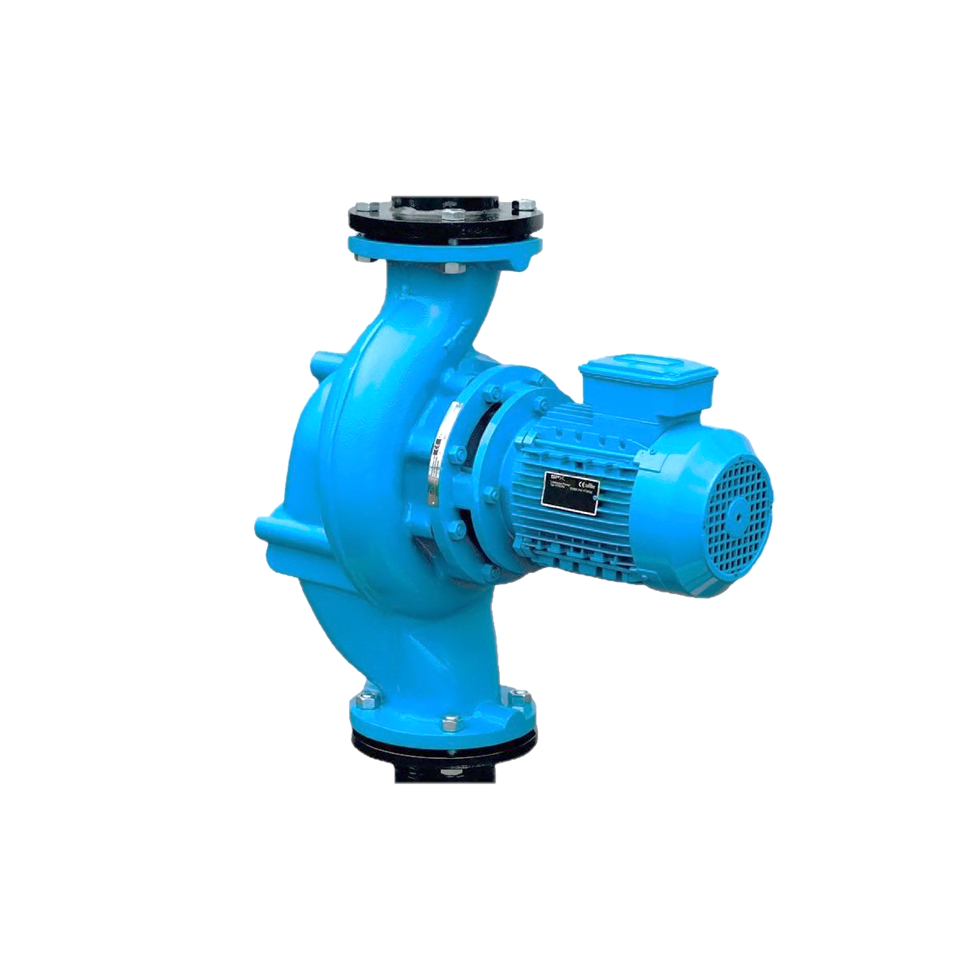
Image: Centrifugal pump.
johnson-pump.com
Malfunctions of the pump drive can interfere with the normal start of the pump and lead to its failure. Since the most common drive is an electric drive, the following are typical malfunctions of the electric drive:
- Lack of power due to fuse burnout or circuit breaker malfunction (the electric motor does not start) – replacing the fuses, fixing any issues, and turning on the machine are necessary.
- Increased or decreased mains voltage (the electric motor overheats) – at high voltage, the motor must be switched off before lowering the voltage, while at low voltage, it is possible to partially reduce the pump supply by closing the control valve.
- Improper ventilation of the electric motor (the electric motor heats up) – cleaning the ventilation ducts and improving ventilation is necessary.
- Mechanical damage (such as bearing wear, protrusion of grooved wedges, discoloration of insulation, and others that cause abnormal noise in the engine and local overheating) is necessary to rectify the malfunction.
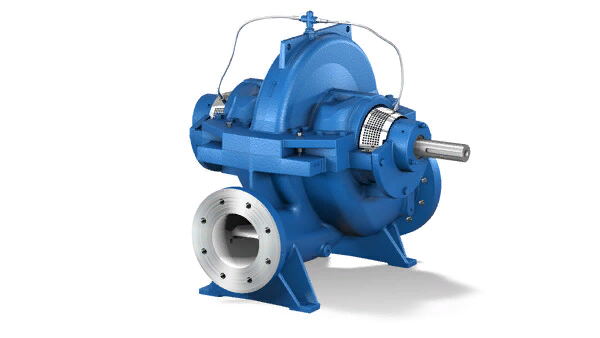

Image: Single-stage axially split volute casing pump for horizontal or vertical installation.
www.ksb.com
Breezemarine Group’s team has extensive experience, specializing in providing them with all types of marine pumps and spare parts. We work with all world-renowned brands, offering high-quality solutions to all your problems.
